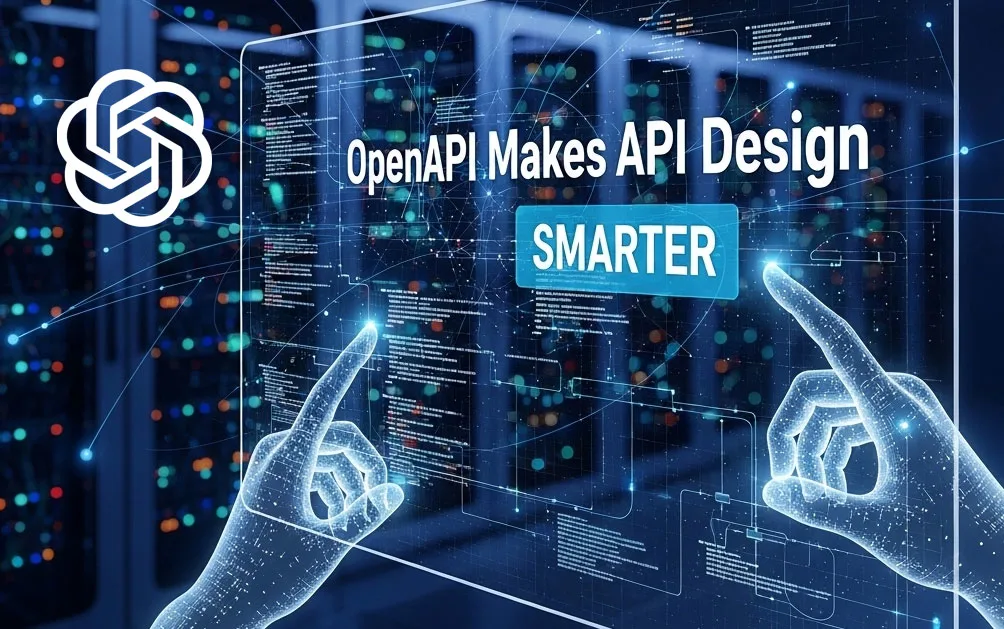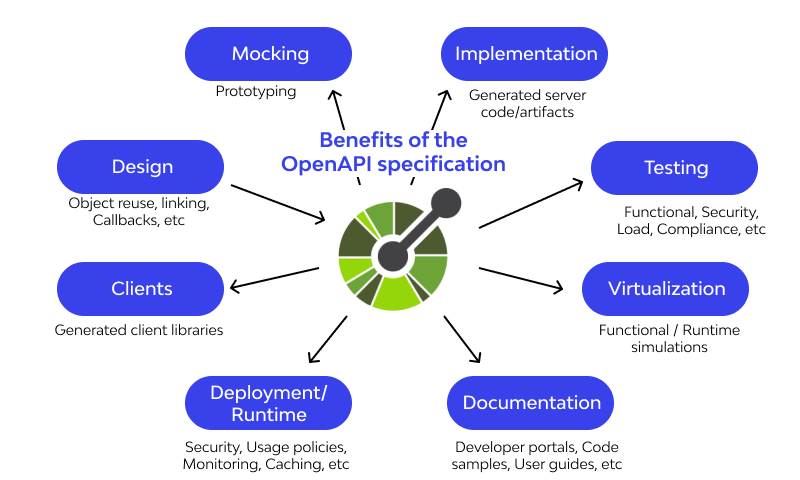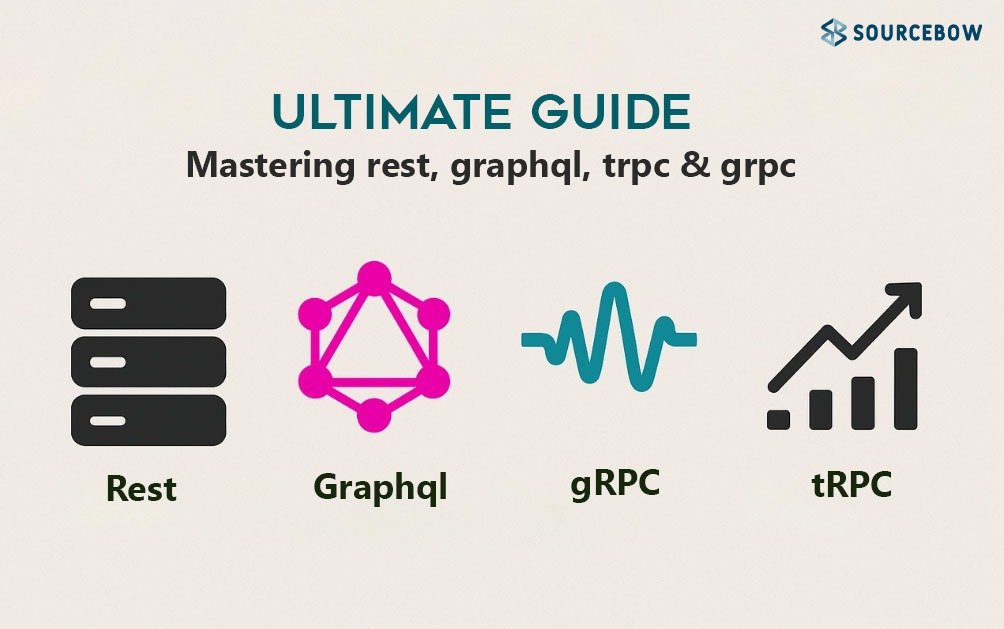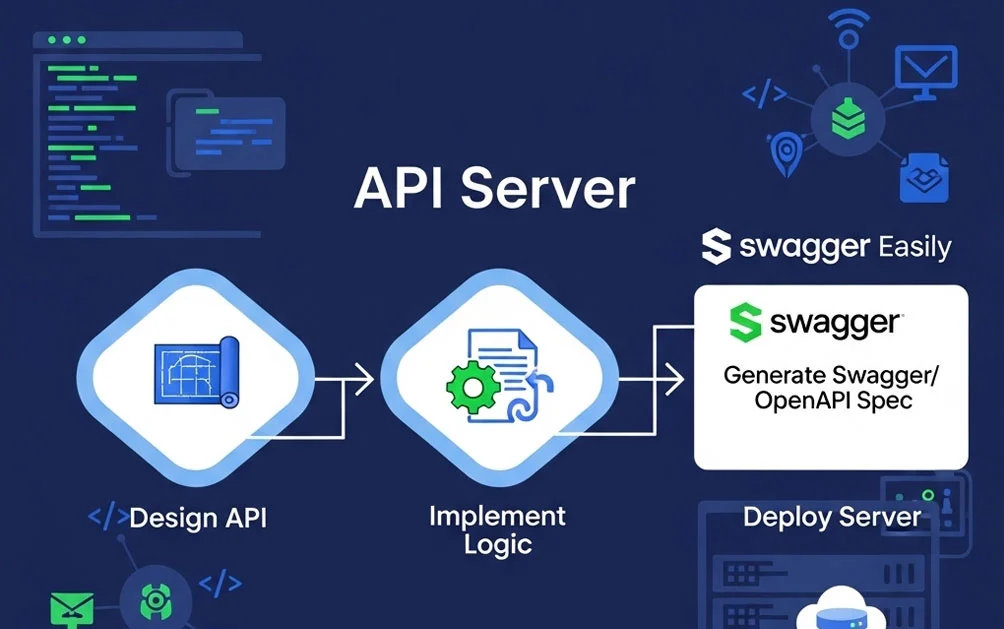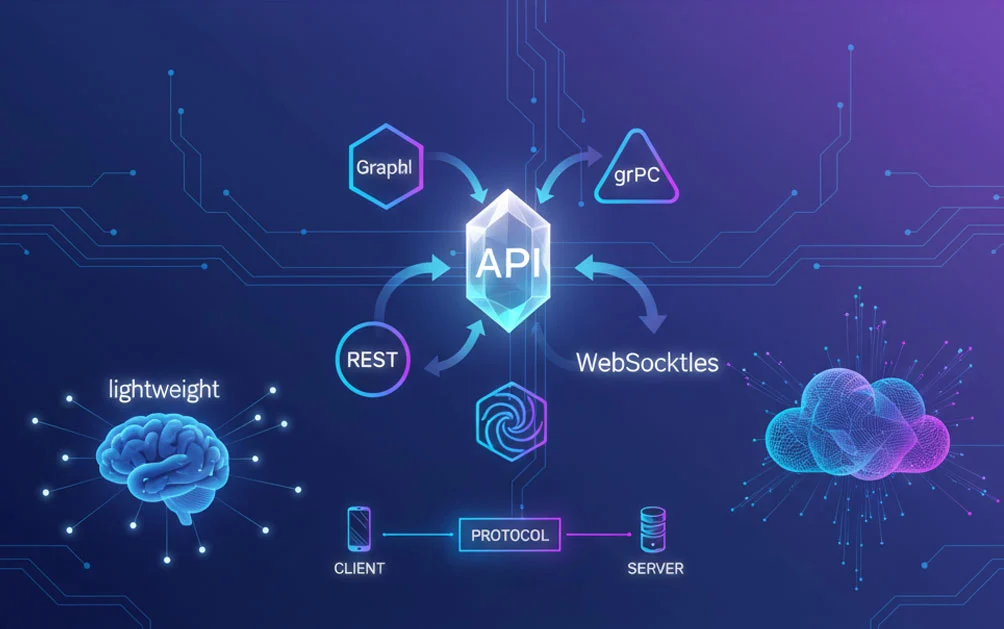Why OpenAPI Makes API Design So Much Smarter
APIs run the world of software today. If you’ve ever used a payment gateway, signed in with Google, or tracked a food order, you’ve touched one. They’re basically the invisible pipes that move data around. But building and managing them? That can get messy real fast. And that’s exactly where OpenAPI comes in.
Spec-First API Design Explained
Old-school API teams often started with code, then scrambled later to write docs. Some were smarter and tried “docs first”—basically writing human-friendly docs before any code. That’s nice, because everyone—devs, PMs, even marketing folks—can agree on what’s being built.
But spec-first goes a step further. Instead of a plain-text doc, you create a machine-readable file that describes the API. That file then acts as your source of truth. Out of it, you can spin up docs, mock servers, SDKs, tests… the works. Changing the spec is quick, cheap, and saves hours of pain later when you’d otherwise be rewriting code.
Using OpenAPI for New and Existing APIs
If you’re starting fresh, OpenAPI is perfect. But even if you’re stuck with a slightly cranky legacy API, you can still add a spec on top. Sometimes it feels awkward—like trying to write neat notes for a messy lecture—but that’s a good hint that maybe the API itself could use a clean-up. Think of it as shining a flashlight into dusty corners.
Why the OpenAPI Standard Matters
Here’s something I love: OpenAPI isn’t locked down by some big company. It’s an open standard, which means anyone can suggest changes, build tools, or use it without worrying that it’ll suddenly disappear. Because of that, the ecosystem has exploded. You’ll find editors, validators, mock servers, doc generators—you name it. And since different people build them, you get choices.
Inside an OpenAPI Specification
At the top, you’ll see some basics: version, servers, and an info block. That info block might feel boring, but don’t skip it. The description and keywords you add there will matter more in the future as APIs become searchable like products in a catalog.
Then come the paths—the actual endpoints like /users or /orders. Each path lists the methods (GET, POST, etc.), the parameters, and the possible responses. Yeah, it looks wordy, but that’s the point: it removes guesswork.
And here’s a neat trick. You don’t have to repeat yourself. Define something once—say, what a phone number looks like—and just reference it everywhere else. Update it in one place, and the change flows everywhere.
OpenAPI Tools That Save Time
Yes, the raw YAML can look scary. But you don’t actually need to handwrite every line. Tools like Stoplight or VS Code extensions give you autocomplete, error highlighting, and even visual editors. Validators like Spectral catch mistakes. And once you’ve got the spec, the fun starts:
- Docs generate themselves, no more painful manual updates.
- Mock servers let you pretend the API exists before the backend is ready.
- SDKs can be auto-created for whatever language your users want.
How OpenAPI Changes the Workflow
The magic isn’t just in writing specs—it’s in how the workflow shifts. Instead of tossing docs over the wall after coding, everyone collaborates early. The spec becomes the backbone. Product managers know what’s coming, testers have something to hit, devs don’t need to chase docs.
And because APIs live for years, not months, having that single source of truth makes life easier when you need to evolve or deprecate something.
The Bigger Picture of OpenAPI
At the end of the day, OpenAPI isn’t just about neat files. It’s about reducing friction. For consumers, grabbing a spec means you can test-drive an API in minutes. For publishers, it means less manual grunt work, more consistency, and way fewer mistakes.
So if you’re building or maintaining an API, try writing the spec first. It feels like extra effort at the start, but trust me—it pays back with interest.

